

|
|
|


|
|
1/12 Scale Electric Racing Car:
Kyosho Super Alta - Porsche 956 - 3057
|
Released by Kyosho in 1985, the Porsche 956 Electric Racing Car - # 3057 - based on the Super Alta chassis (also used for the Kyosho Buick Stocker, and Academy Minicraft Fairlady-Z and March85G), came factory assembled, with an unpainted Bodyshell, Mabuchi RS-540S Motor, servo operated wound wire rheostat Speed Controller and Sponge Tires. A Radio System, Battery and Charger to be purchased separately.
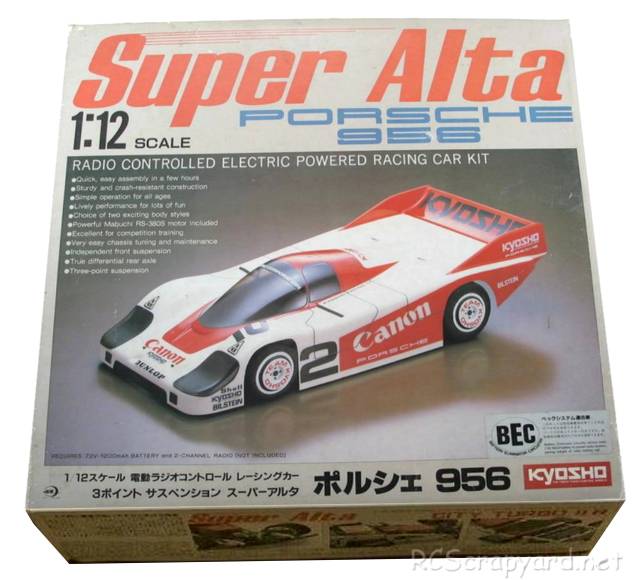
The 2WD model is based on a vertical nylon frame chassis, with a bevel gear differential built into the spur gear, an alloy motor pod, adjustable front coil spring suspension and bushings.








|
|
|

★ Kyosho Super Alta - Porsche 956 ★
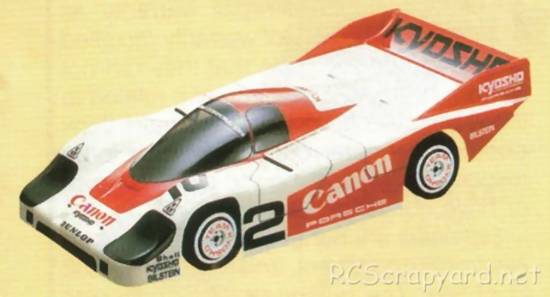
★ Kyosho Super Alta - Porsche 956 ★
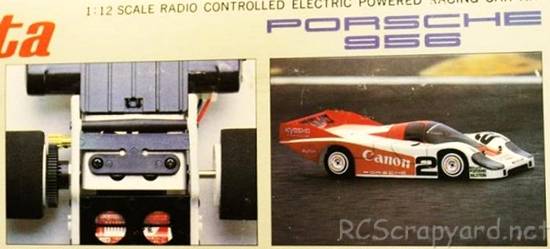
★ Kyosho Super Alta - Porsche 956 ★
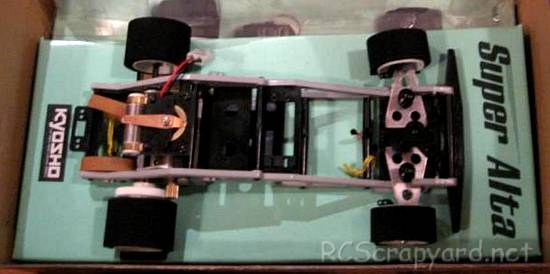
★ Kyosho Super Alta - Porsche 956 - Chassis ★
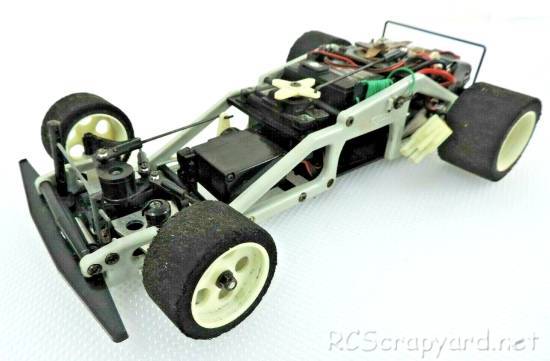
★ Kyosho Super Alta - Porsche 956 - Chassis ★
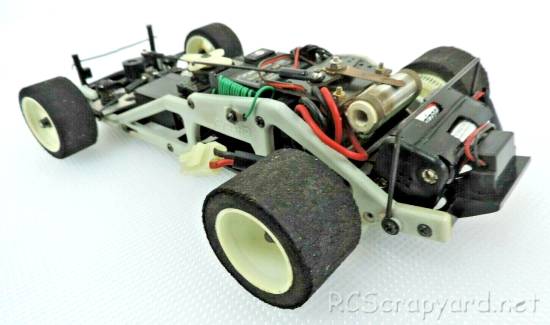
★ Kyosho Super Alta - Porsche 956 - Chassis ★
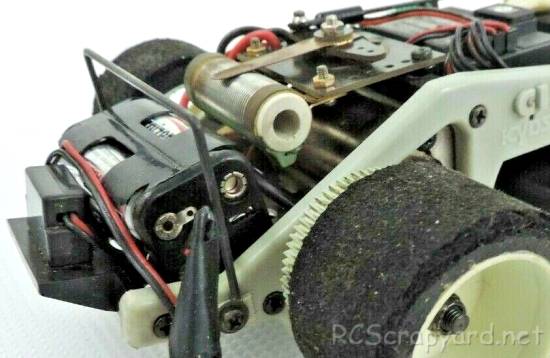
★ Kyosho Super Alta - Porsche 956 - Chassis ★
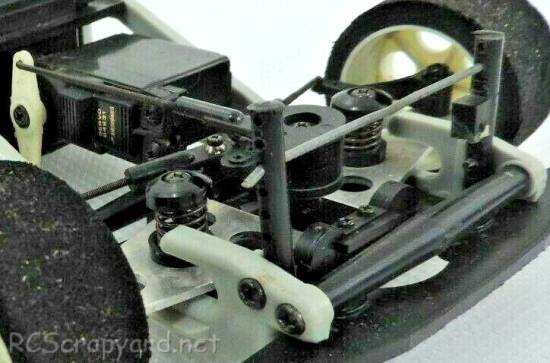
★ Kyosho Super Alta - Porsche 956 - Chassis ★
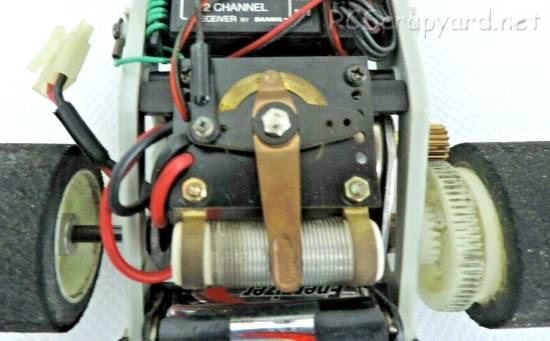
★ Kyosho Super Alta - Porsche 956 - Chassis ★
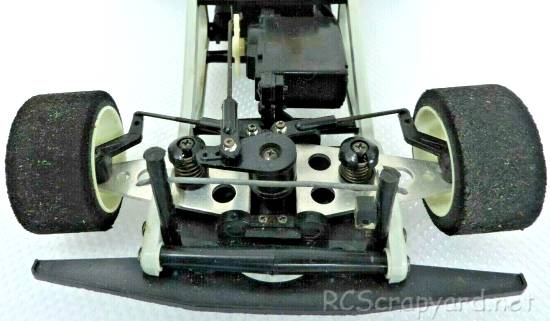
★ Kyosho Super Alta - Porsche 956 - Chassis ★
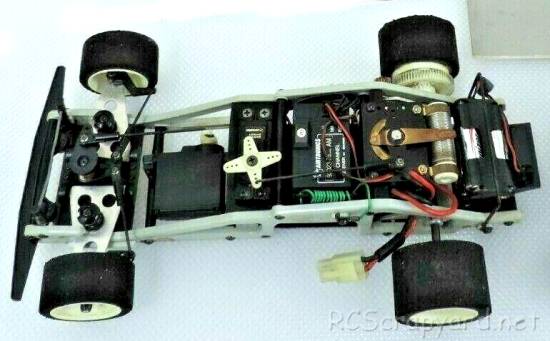
★ Kyosho Super Alta - Porsche 956 - Chassis ★
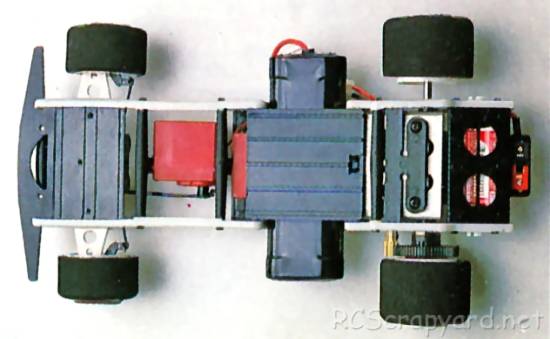
★ Kyosho Super Alta - Porsche 956 - Chassis ★
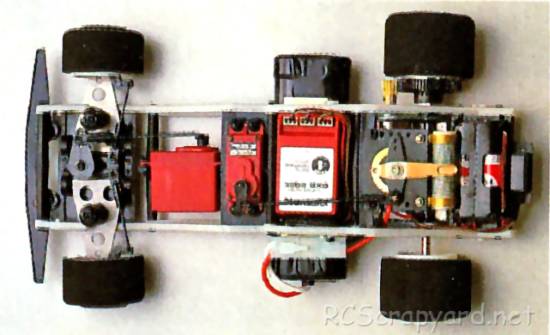
★ Kyosho Super Alta - Porsche 956 - Chassis ★
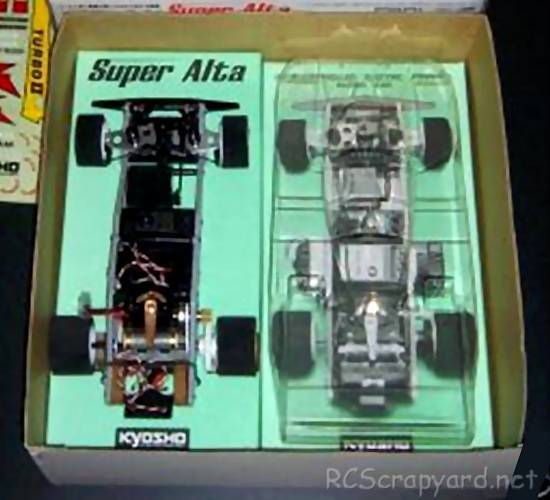
★ Kyosho Super Alta ★
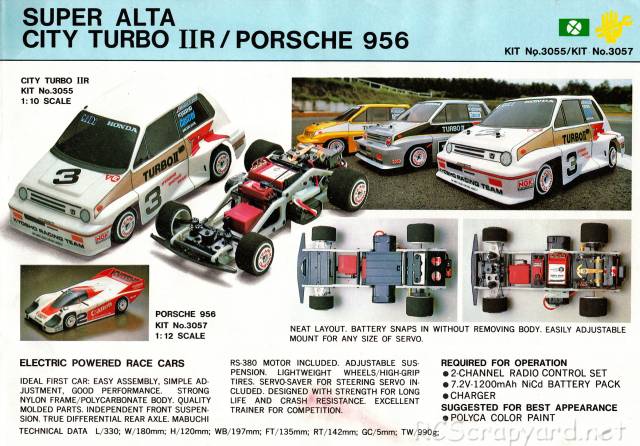
|
Buying a Used Radio Controlled Model
|
|
Manufacturers and Brands Catalogued, Listed and Reviewed by RC-Scrapyard.
At present, the RC Model Manufacturers, Brands and Distributors covered by us are: ABC Hobby, Academy, Acme Racing, Agama Racing, Amewi, Ansmann Racing, ARRMA, Team Associated, Atomic RC, Axial, AYK, Bolink, BSD Racing, Capricorn, Carisma, Carson, Caster Racing, Cen, Corally, Custom Works, Durango, Duratrax, ECX - Electrix, Exceed RC, FG Modellsport, FS-Racing, FTX, Fujimi, Gmade, GS-Racing, Harm, HBX, Helion, Heng Long, Himoto Racing, Hirobo, Hitari, Hobao, Hong-Nor, Hot Bodies, HPI, HSP, Intech, Integy, Jamara, JQ Products, Kawada, Kyosho, Losi, LRP, Maisto, Mardave, Marui, Maverick, MCD Racing, Megatech, Mugen, New Bright, Nichimo, Nikko, Nkok, Ofna, Pro-Pulse, Protech, PTI, RC4WD, Redcat Racing, RJ-Speed, Robitronic, Schumacher, Seben, Serpent, Smartech, Sportwerks, Step-Up, Tamiya, Team-C Racing, Team Magic, Thunder Tiger, Tomy, Top Racing, Traxxas, Trinity, Tyco, Vaterra RC, Venom, VRX Racing, WLToys, X-Factory, Xmods, Xpress, Xray, XTM, Yankee RC, Yokomo, ZD Racing and Zipzaps. |
|
Hints, Tips and Information
Bearing Seals
If you were to ask anyone with a modicum of experience in RC, they will tell you that the best modification you can make to a basic RC model, is to add a set of ball bearings. |
|
Hints, Tips and Information
Roll Center
One of the least understood settings on RC model cars is concept of roll center. The simple definition of roll center is a point in space that the chassis rolls from side to side as the car maneuvers around a corner. The Effect of Roll Center on your Car
But what does all this mean? I hear you ask. Well, it gives you some insight to what changing the position of your camber links can do to the way your car handles. |
|
RC Models:
|
Radio & Motors: |
Other
Accessories: |